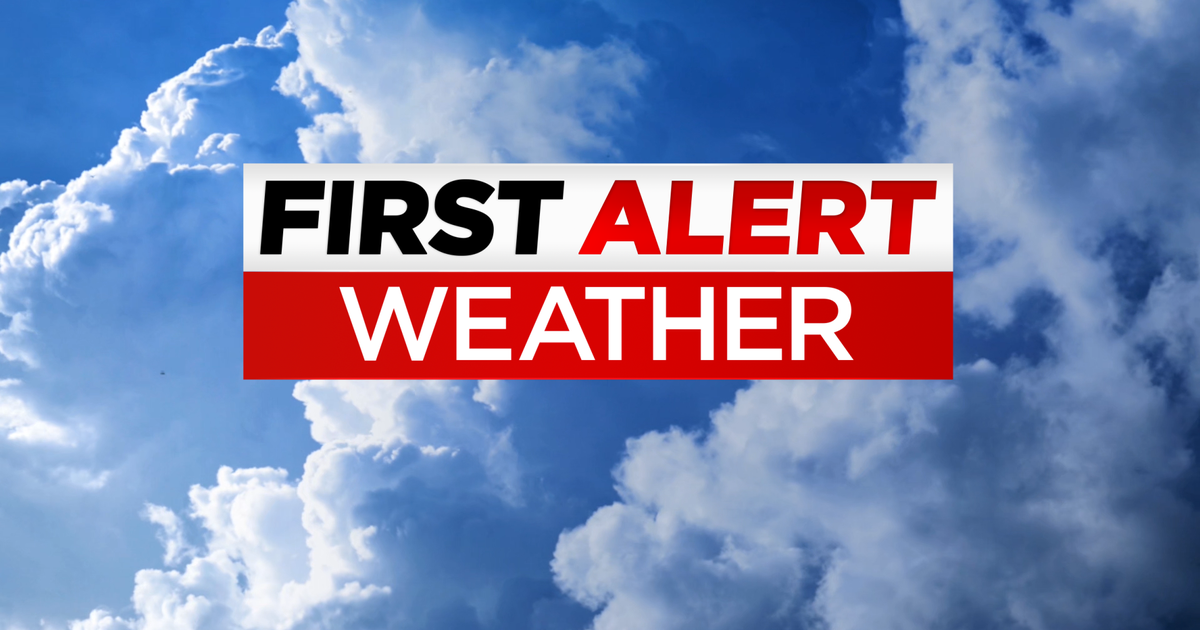Infra
New York City’s Transit System Plans $65.4 Billion of Upgrades for Grand Central, Subways

(Bloomberg) — New York City’s transit system is seeking to invest $65.4 billion over the next five years to purchase thousands of rail cars, upgrade power substations, renovate the Grand Central Terminal trainshed and fortify stations and tracks against extreme weather.
The Metropolitan Transportation Authority, which runs the city’s subway, bus and commuter rail lines, aims to address long-overdue infrastructure upgrades on a more than 100-year-old system and improve service. Paying for the work is the challenge. Nearly half of the proposed budget — $33.4 billion — doesn’t have a potential funding source and state lawmakers already need to fill a $15 billion deficit in the current capital plan after Governor Kathy Hochul paused a tolling initiative called congestion pricing.
While lawmakers last year raised a payroll mobility tax to direct more money to MTA’s operating budget, Janno Lieber, the MTA’s chief executive officer, said he is sure state and city elected officials understand the transit system’s contribution to the city’s economy and way of life and the need to invest in its infrastructure.
“I am confident that going into that process that each of them recognizes the importance that transit and the MTA play and that they’re going to take this absolutely seriously,” Lieber said in an interview.
The MTA must submit the 2025—2029 plan to the state legislature by Oct. 1. Hochul has promised to find ways to fix the congestion pricing deficit in the current plan while also addressing the funding needs of the next capital budget. Still, that process won’t begin until lawmakers reconvene in January and begin work on the state’s budget.
While the capital plan would direct a substantial amount of investment to the system, the MTA’s overall needs are tremendous. The system could use as much as $115 billion for overall repairs and improvements during the next five years, according to the Citizens Budget Commission, a nonprofit organization that analyzes New York City and state finances. That projection doesn’t include the cost of expansion projects. Thomas DiNapoli, the state’s comptroller, estimates the MTA’s total infrastructure needs at $92.2 billion over five years, including expansion work.
“We will review the MTA’s proposal for the upcoming five-year capital plan and fight to secure as much funding as possible,” Hochul said in a statement. “That includes pressuring Washington to deliver additional infrastructure dollars and working with our partners in the legislature and City Hall to determine priorities and capacity during the upcoming budget negotiations.”
Core Infrastructure
More than 90% of the proposed budget will be spent on core infrastructure, with the focus on renovating existing structures and assets to provide safe and dependable service, Jamie Torres-Springer, head of the MTA’s construction and development, told reporters Tuesday at a press briefing on the capital plan.
“If we don’t keep up with investment in state of good repair in a 100-year-old system that serves so many people, we cannot continue to provide safe and reliable service,” Torres-Springer said.
The MTA’s board is set to vote on the capital plan on Sept. 25. To pay for the proposal, the transit provider anticipates a potential $14 billion of federal funds, $10 billion from the sale of MTA bonds and possibly $4 billion each from the state and the city, according to Kevin Willens, the MTA’s chief financial officer. That leaves about $33.4 billion left that needs to be funded.
The MTA already has $47.4 billion of outstanding debt as of July 24. To help cover the estimated deficit, DiNapoli suggests a potential 10% increase on some levies — payroll mobility tax, corporate franchaise surcharge, sales tax and others — would open up about $11.6 billion of bonding capacity.
The CBC recommends cost savings beyond the MTA’s plan to reduce spending by $500 million a year, additional direct appropriations from the state and city, expanding last year’s payroll mobility tax hike beyond the city and boosting fares and tolls above the expected 4% hike.
–With assistance from Katia Porzecanski.
©2024 Bloomberg L.P.








